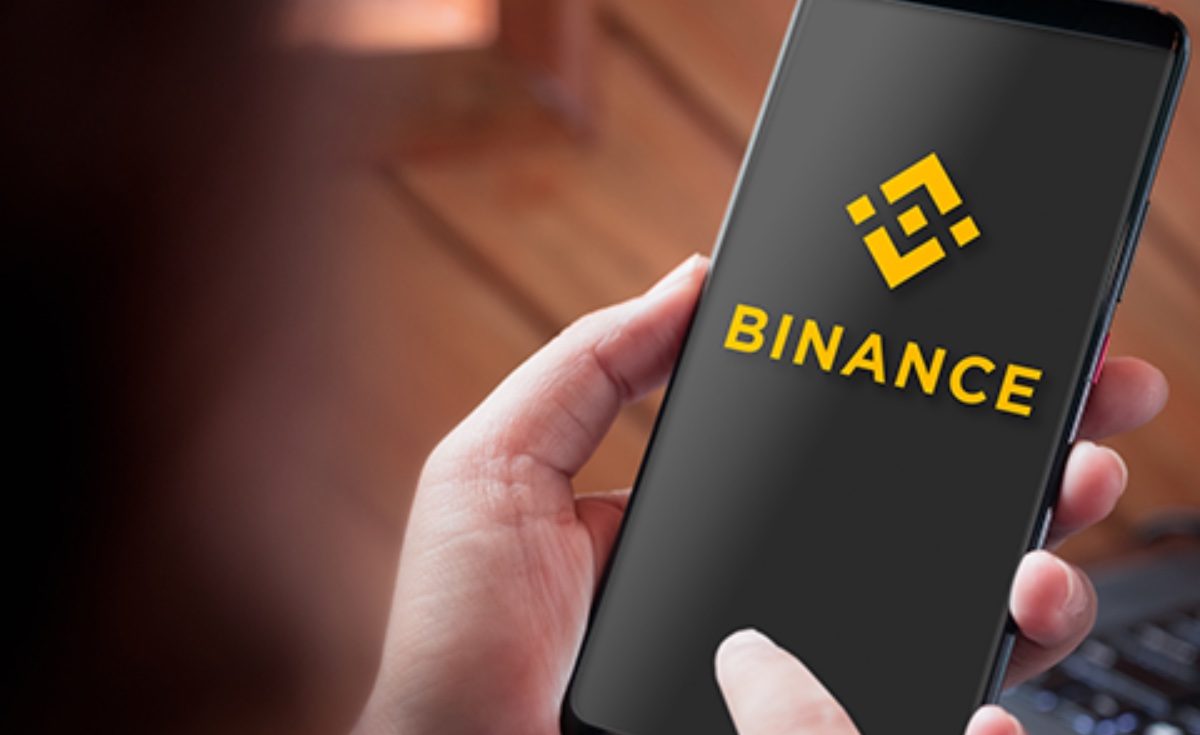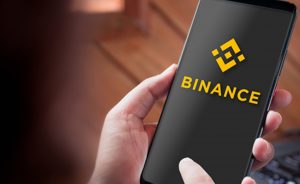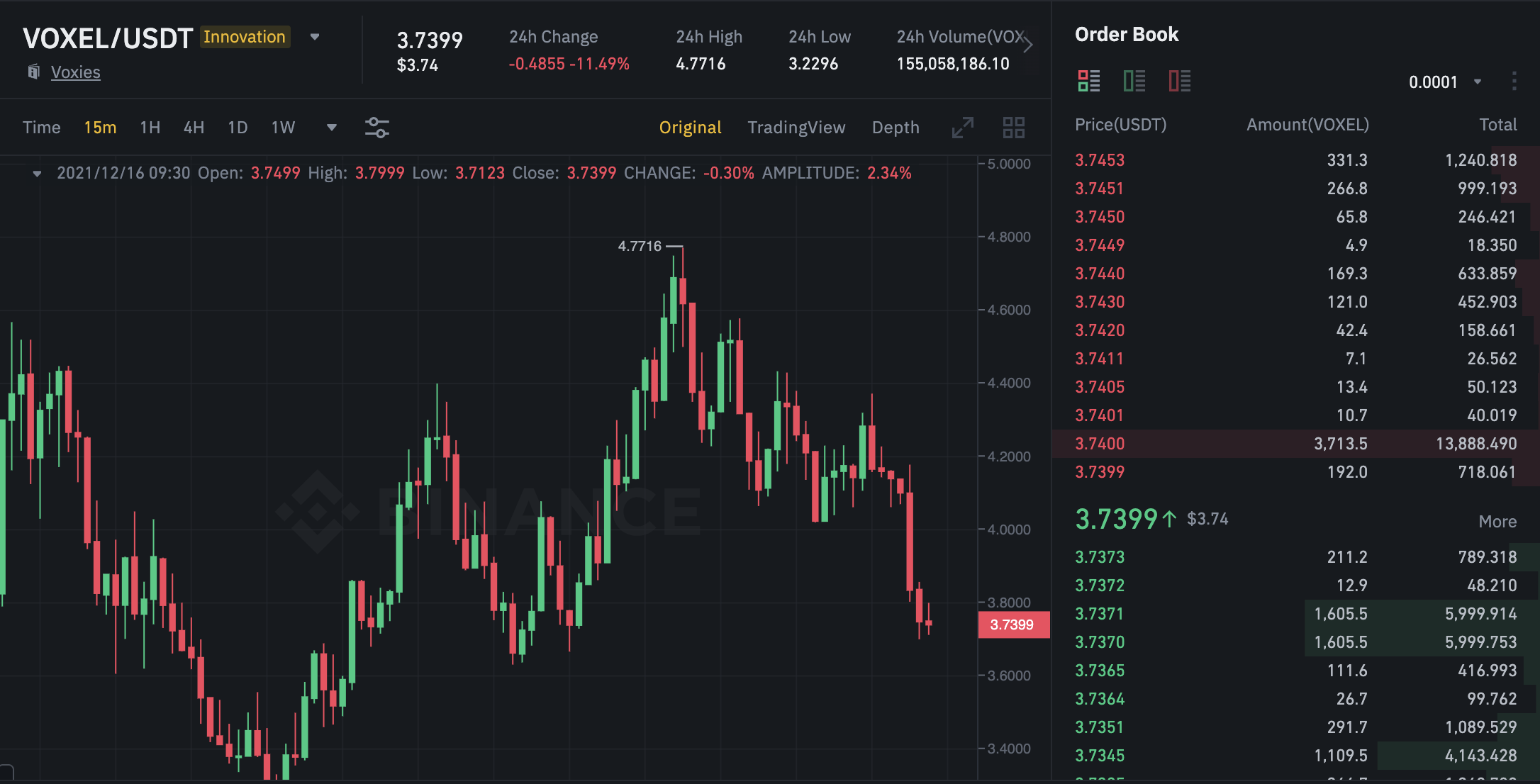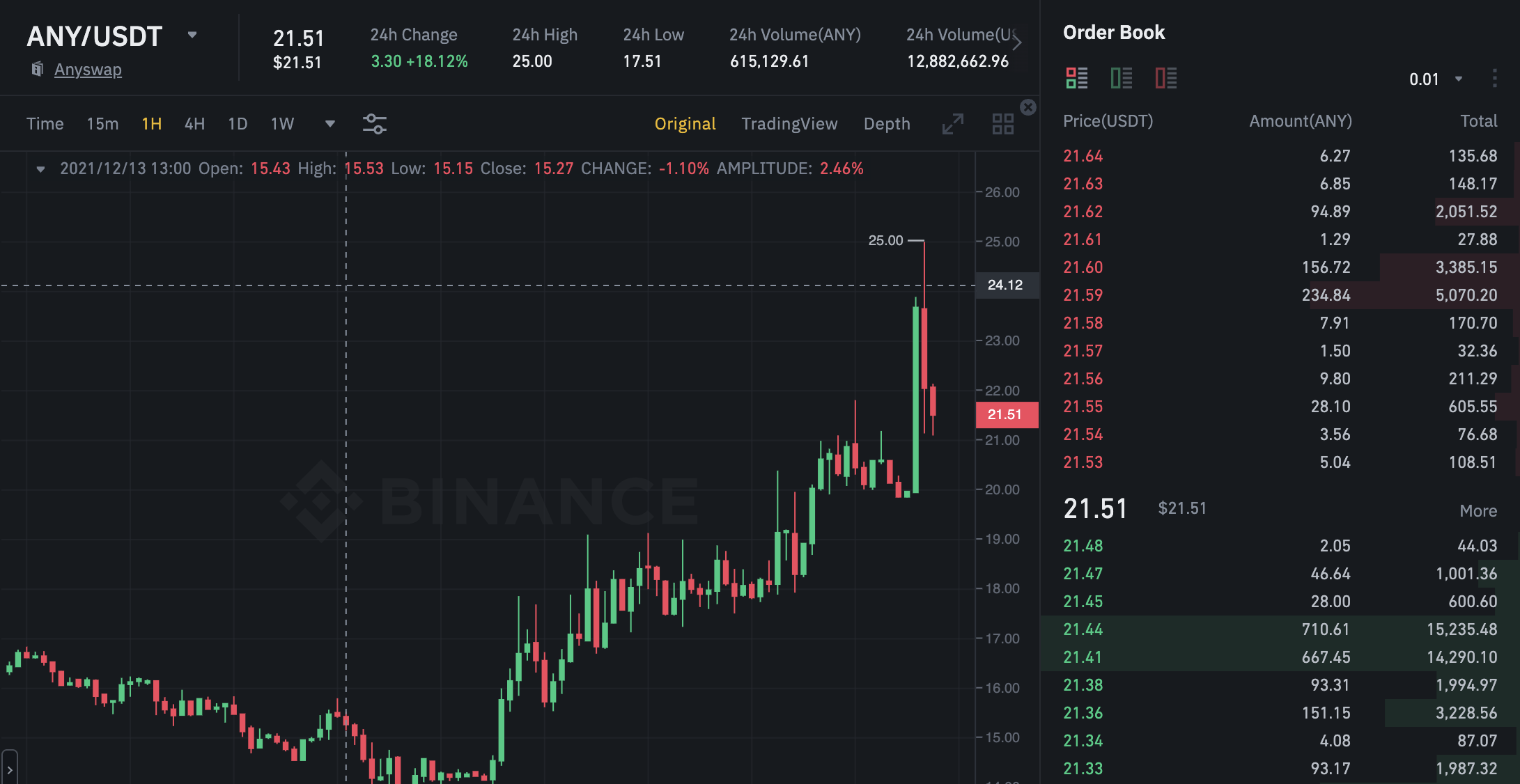Join Our Telegram channel to stay up to date on breaking news coverage
New and upcoming Binance listings are a great place to start looking for profitable coins, but with all things crypto the allure of the potential for big profits comes with the risk of losing everything.
With so many cryptocurrencies on the market, how do you know which ones to invest in for the best risk-return potential? Checking out new and upcoming listings on Binance is a great place to start.
Why Binance listings matter
A listing on Binance, the world’s largest crypto exchange serving over 28.6 million customers, is a sure way for a new project to grab investor attention and is a good place to look for x100 profit opportunities. In this article, we will take a look at five cryptocurrencies that Binance could list soon, or has recently listed.
Binance was founded in 2017 by Changpeng Zhao. Much to the chagrin of regulators everywhere, it has no official headquarters and has offices in 38 countries.
In addition to being the world’s largest exchange for buying and selling crypto, it also one of the cheapest to trade on, especially when using the BNB exchange coin to access lower trading fees.
Binance has a huge selection of coins and a user-friendly interface. They make it easy to trade fiat currencies, such as the euro or US dollar, for cryptocurrencies like Bitcoin or Ethereum.
In addition to this, Binance offers a wide range of other services, including its own ICO platform – initial exchange offering (IEO) to be precise – called Binance Launchpad, and advanced trading tools.
5 cryptocurrencies to buy that Binance is listing or could list soon
1. LuckyBlock (LBLOCK)
Online gambling has increased dramatically over the last five years or so because of the ease of access that online platforms provide. It’s no wonder that these highly profitable platforms and websites have been growing exponentially.
Riding on this momentum is a new blockchain project, LuckyBlock that envisions a worldwide lottery where players use Blockchain protocols.
LuckyBlock’s blockchain-based lottery will run on the Binance Smart Chain. It decentralizes gambling services that are not limited by geographical location or tied to local financial systems.
More prizes, better odds and transparent fairness
LuckyBlock’s decentralized betting platform will focus on delivering fairness and full transparency in gaming. It aims to achieve this by designing a lottery where every player has better win odds, while providing a solid investment strategy for token holders when contributing to the community.
At the moment, centralized and offline lotteries are expensive to run. LuckyBlock seeks to solve some of the problems experienced by traditional offline and centralized lotteries by saving on operational costs, hence availing more money for prizes.
In addition, with a blockchain-based lottery, you don’t have to worry about losing your ticket as everything is recorded on the decentralized blockchain ledger.
The lottery platform will be ready to go live during the first quarter of 2022 (Q1 2022). The LuckyBlock (LBLOCK) token has been audited by Solid Proof: https://solidproof.io
How to take part in the LuckyBlock Presale
The LuckyBlock Token pre-sale was launched on 1 December and is set to go on until February 1, 2022. You can find out more information on the presale by visiting luckyblock.com.
The presale launch price is $0.00015.
You can also email the LuckyBlock team at buy@luckyblock.com to get more information.
Get involved with LuckyBlock’s online community
You can be part of the LuckyBlock community on the following platforms:
- Telegram: t.me/LuckyBlockChainTG
- Website: luckyblock.com
- Whitepaper: luckyblock.com/whitepaper
- Partnerships: LuckyBlock is partnered with InsideBitcoins Inc.
Your capital is at risk
2. Voxies (VOXEL)
Voxies is a free-to-play, 3D turn-based tactical RPG game on blockchain.
The main gameplay of Voxies is similar to a traditional RPG and tactical game, but it is powered by blockchain technology and ownership is central to the core concepts of the game.
As a team-based tactical game, players can control multiple characters in the game and each character can be represented by Voxies that are directly owned as NFTs, or provided by the game for free-to-play players.
The Voxie NFT project consist of 10,000 genesis Voxie characters with 20 classes, 10 races, 20 Companion types, countless physical attributes and multiple weapons, items and visual cosmetic elements. No two Voxie in the NFT series are the same.
Enhanced Play to Earn experience
Player-owned Voxies provide an enhanced playing and earning experience beyond the Free to Play aspects of the Voxie Tactics game and enhance the player experience in the following ways:
- Higher rate of in-game rewards (NFT items and VOXEL tokens) through improved RNG (Random Number Generation) in Exploration mode.
- Having access to certain weapons and items already contained in the NFT token.
- Some Voxies in the NFT series have a companion pet already included, so will not need to find a companion pet in the game to help with certain gameplay elements.
- Some rarer Voxie NFT classes and races will only be available to Voxie NFT holders.
The original 10,000 Voxie NFTs will be the only ones that can mint (e.g. create) new next generation Voxie NFTs.
3. Spark (FLR)
Flare is a distributed network with some unique properties. It can be used to create two-way bridges between networks, such as Ethereum and the XRP Ledger. This means that it allows the XRP token to be used with smart contracts.
Spark Token is the native token of Flare. A portion of the supply is airdropped to XRP holders – including those on Binance. All you have to do is hold your XRP on Binance, and you can get your share of the airdropped tokens.
The airdrop of Spark is due soon and will be supported by Binance. The network also has a canary network called Songbird (SGB), which will also be airdropping and is also supported by Binance. More info from Binance on the airdrops is available here.
FLR’s use case is similar to that of other native tokens – to prevent spam attacks. If transactions would be free, spamming and congesting the network with useless transactions would also be free.
In addition, FLR can be used for the following functionality:
- As collateral within decentralized applications (DApps)
- For providing data to an on-chain oracle
- To participate in protocol governance
These three components aim to enable an ecosystem of applications that rely on Spark called Spark Dependent Applications (SDA).
SDAs can also allow for trustless representations of tokens on other networks – even ones that don’t natively support smart contracts. Is it starting to come together? Yes, this is where XRP comes into the picture.
FXRP is a trustless representation of the XRP token on the Flare Network. It can be created and redeemed by XRP holders through smart contracts.
Ripple, the issuers of XRP, are currently embroiled in a court case with the SEC. If the case is won by Ripple or settled, then the price of XRP is likely to appreciate tenbagger proportions (10x).
Such an outcome would be a huge boost for ecosystem plug ins like Spark. But r=even without such an outcome, Spark’s utility enhancing role for the XRP ecosystem is a value-added event in itself.
4. BENQI (QI)
BENQI is a non-custodial liquidity market protocol, built on Avalanche. The protocol enables users to effortlessly lend, borrow, and earn interest with their digital assets.
Depositors providing liquidity to the protocol may earn passive income, while borrowers are able to borrow in an over-collateralized manner.
Decentralized Finance (DeFi) has grown substantially in the last 2 years. As most of DeFi’s activity is currently conducted on Ethereum, the network has started to experience congestion problems that have resulted in high network fees.
This has proven to be a significant barrier for both old and new users with smaller capital to justify engaging in DeFi.
The BENQI liquidity market protocol is highly scalable
BENQI aims to alleviate these problems by providing a Liquidity Market Protocol on a highly scalable and decentralized platform.
With a focus on approachability, ease of use, and low fees, BENQI will democratize access to decentralized financial products by providing permissionless lending and borrowing where users can:
- Instantly supply to and withdraw liquidity from a shared liquidity market
- Instantly borrow from a liquidity market using their supplied assets as collateral
- Have a live and transparent view of interest rates around the clock based on the asset’s market supply and demand
IEO ended Dec 15, 2021.
5. Anyswap (ANY)
Anyswap is a decentralized cross-chain swap protocol and bridge infrastructure. ANY is the native utility token of the platform, which enables users to pay for bridge transaction fees. Use cases include governance and staking.
Anyswap was launched in July 2020 to enable tokens to be swapped from various platforms.
Many cryptocurrencies have incorporated Anyswap, including XRP, Litecoin and Tether.
Also backed by Fusion’s Decentralized Control Rights Management (DRCM) technology, Anyswap is able to better manage the movement of tokens between blockchains.
What Makes Anyswap Unique?
Anyswap is powered by the Fusion Network which uses a process known as private key sharding — where the private key is split up into several bits and managed by various network nodes — to guarantee assets are safe.
The different parts of the private key are never combined during transfers or trading in order to boost security.
ANY token also enables includes governance properties so that token holders can determine which coins are listed on the Anyswap DEX, the network’s decentralized exchange.
Token supply
Anyswap’s supply cannot exceed 100 million. It has a circulating supply of around 18.6 million. The initial supply of ANY was 15 million.
Join Our Telegram channel to stay up to date on breaking news coverage






